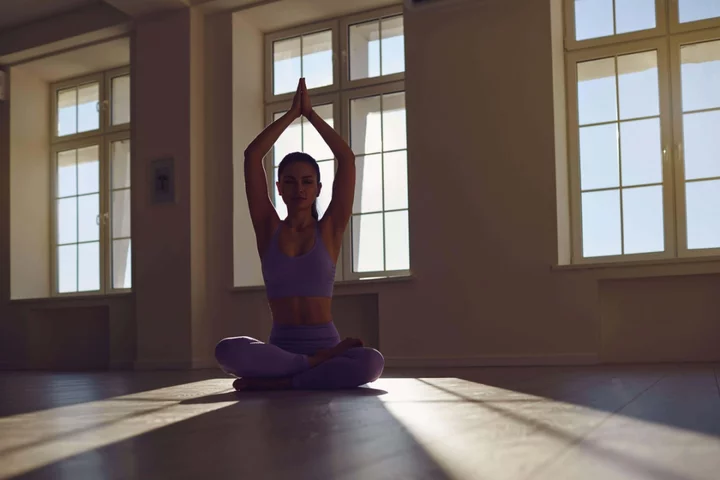Yoga and breathing control, in combination with aerobic training, can help improve lung function in adults with asthma, a new study suggests.
The findings highlight the importance of integrating appropriate exercise training into asthma management plans, researchers say.
The study indicates how specific types of exercise training can be effective in enhancing lung function for adults with the condition.
Lead author Shuangtao Xing, an associate professor at the School of Physical Education at Henan Normal University in China, said: “Breathing training combined with aerobic training, and yoga training, appear to be particularly advantageous – offering potential avenues for effective treatment approaches.
These findings should provide valuable insight for healthcare professionals prescribing exercise training for the management of adult asthma patients
Shuangtao Xing, Henan Normal University“Larger, well-designed randomised controlled trials are now needed to more accurately estimate the benefits of exercise training for individuals with asthma.
“These findings should provide valuable insight for healthcare professionals prescribing exercise training for the management of adult asthma patients.
“However, it is essential to consider individual factors, such as family history, duration of the condition, and environmental influences, when designing exercise rehabilitation programmes.
“Tailoring interventions to individual physical and mental health conditions, with careful consideration of exercise intensity, frequency and duration, is important for optimising treatment outcomes.”
Asthma is a chronic lung condition that affects around 339 million people worldwide, causing symptoms such as coughing, wheezing, shortness of breath and chest tightness.
The National Institute for Health and Care Excellence (Nice) states that in the UK, more than eight million people, or approximately 12% of the population, have been diagnosed with asthma.
However, some may have grown out of the condition, and around 5.4 million people are receiving asthma treatment.
In the past, exercise was considered a potential risk factor for people with the condition, as it was believed to trigger or worsen acute asthma attacks.
However, recent studies have revealed that exercise training can actually enhance lung function and exercise capacity in adult patients.
To address challenges posed by variations in the specific exercises featured in research, researchers compared results from multiple treatments across 28 studies, including 2,155 patients.
They examined the effects of breathing training, aerobic training – which increases the rate at which oxygen inhaled is passed on from the lungs and heart to the bloodstream – relaxation training, yoga training, and breathing combined with aerobic training, on lung function.
All five types of exercise demonstrated greater effectiveness in improving lung function, the study found.
Specifically, the researchers found that breathing training, aerobic training, relaxation training, yoga training, and breathing combined with aerobic training, led to improvements in the amount of air that a person could force out of their lungs in one second (FEV1), and the levels of air flowing out of the lungs (PEF).
Aerobic training, breathing training, yoga training and breathing combined with aerobic training, improved the level of the amount of air that could be forcibly exhaled from the lungs after the deepest breath possible was taken (FVC).
Breathing training, aerobic training and yoga training improved the FEV1/FVC ratio, the study published in the Annals of Medicine journal found.
The researchers highlight that the majority of patients in the study were under 60 years of age, so exercise interventions may yield different responses in older people.
Read MoreCharity boss speaks out over ‘traumatic’ encounter with royal aide
Ukraine war’s heaviest fight rages in east - follow live
7 ways to ease back-to-school worries
What is the best type of facial for your age range?
King Charles reshuffles military roles with new duties for William and Kate

